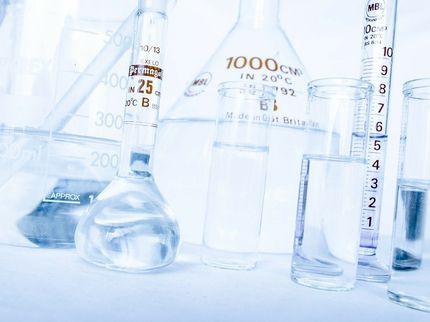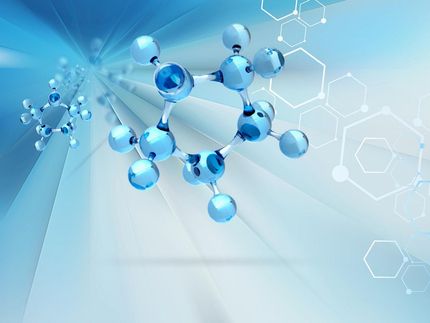Catalyst combining reactivity and selectivity could speed drug development
Chemists have long believed that inserting nitrogen into a carbon-hydrogen bond requires a trade-off between catalyst reactivity and selectivity. But a new manganese-based catalyst developed by University of Illinois chemists has given researchers both in one efficient, lower-cost package.
"Nitrogen is ubiquitous in pharmaceuticals and molecules that come from nature that have very potent biological activities," White said. "The reaction we report allows chemists to take natural products and drug candidates containing alcohols and convert a carbon-hydrogen bond, three carbons away from the alcohol, to a nitrogen. Reactions that convert carbon-hydrogen bonds to carbon-nitrogen bonds could transform the solubility or biological properties of a molecule and enable accelerated drug discovery."
Catalysts for these types of reactions based on precious metals, such as rhodium, are reactive but not very selective, which means they could react in places other than the target. Iron-based catalysts, a past achievement of White's lab, are highly selective, precisely inserting the nitrogen, but are less reactive, only reacting with weaker types of bonds.
"It is commonly accepted that reactivity and selectivity will be inversely correlated, particularly when it comes to difficult transformations like carbon-hydrogen bond functionalization," White said. "It's like the difference between using a powerwasher and using a dentist's water pick. As you become more selective, more targeted, you may become less powerful. As you get more forceful and powerful, you lose the ability to be fine-tuned.
"We have discovered a catalyst that challenges this reactivity-selectivity paradigm," White said.
Although precious metals have been long revered for their predictable and controlled chemical reactivity, White's group explores the properties of metals found abundantly in the Earth's crust, which are less-documented and considered difficult to tame. After considering the distinct mechanisms of both rhodium-based catalysts and iron-based catalysts, the researchers hypothesized that manganese may fall somewhere in the middle, leading to a blending of reactivity and selectivity. However, what they found instead was that the manganese-based catalyst was very reactive - even more than rhodium - while maintaining the high degree of selectivity found in iron catalysts.
"What makes this catalyst really special is that it takes the best parts of the two catalyst families that existed and it combines them into one," said graduate student Jennifer Griffin, a co-first author of the paper along with graduate student Shauna Paradine, now a postdoctoral researcher at Harvard University. "I've always thought of reactivity and selectivity in carbon-hydrogen catalysis as two mutually exclusive properties. Now, by looking at these different metals, we find that it doesn't have to be separate. You can have both."
"It really showcases the importance of exploring these types of metals in hopes of replacing precious metals that are more expensive," Griffin said. "It's exciting, looking forward to what other kinds of catalysts can be developed for other types of processes."
"In the area of medicinal chemistry, you can image that with a very selective, reactive catalyst you can put nitrogen into various sites on a molecule, which opens up a whole new area of functionality to explore," said Jinpeng Zhao, a graduate student and co-author of the paper. "It changes the way people can modify bioactive molecules and gives new possibilities of adding function to molecules found in nature."
"Ultimately our goal is to develop a suite of highly reactive and selective catalysts that enable you to precisely add oxygen, nitrogen and carbon to every type of carbon-hydrogen bond in a complex molecule setting," White said.
Original publication
Other news from the department science

Get the chemical industry in your inbox
From now on, don't miss a thing: Our newsletter for the chemical industry, analytics, lab technology and process engineering brings you up to date every Tuesday and Thursday. The latest industry news, product highlights and innovations - compact and easy to understand in your inbox. Researched by us so you don't have to.






























































